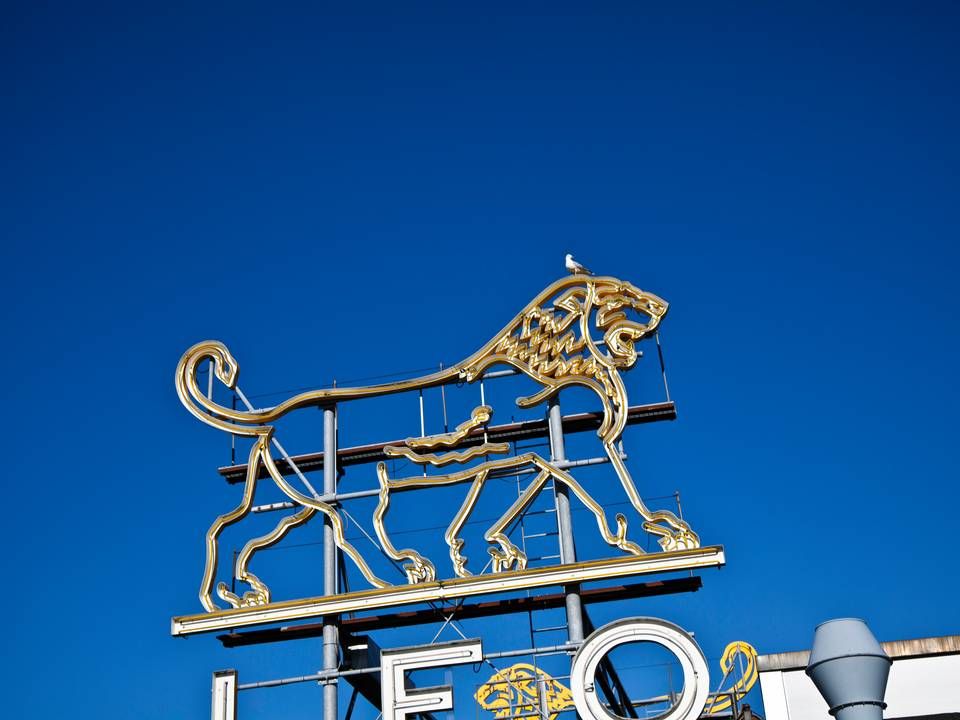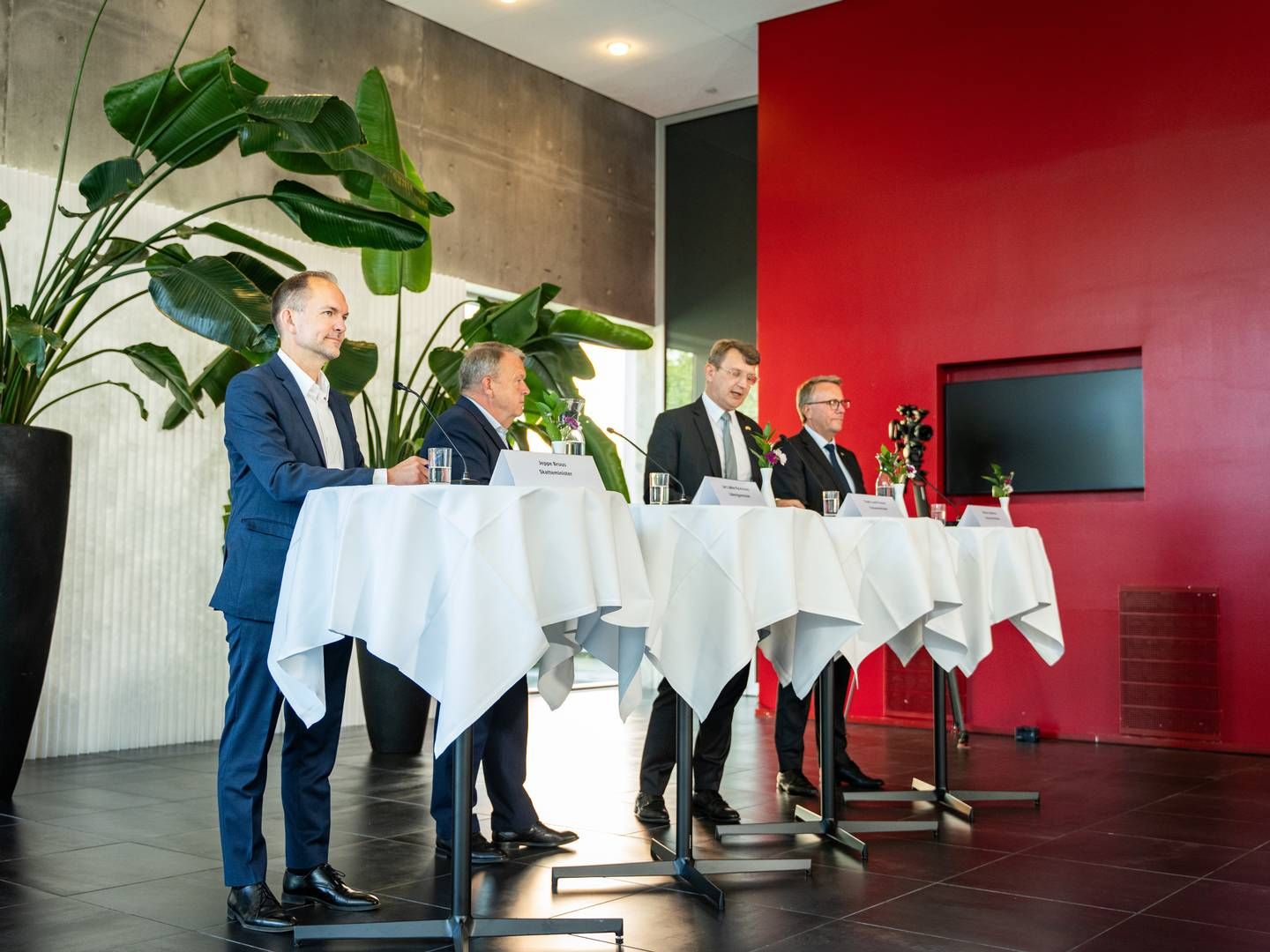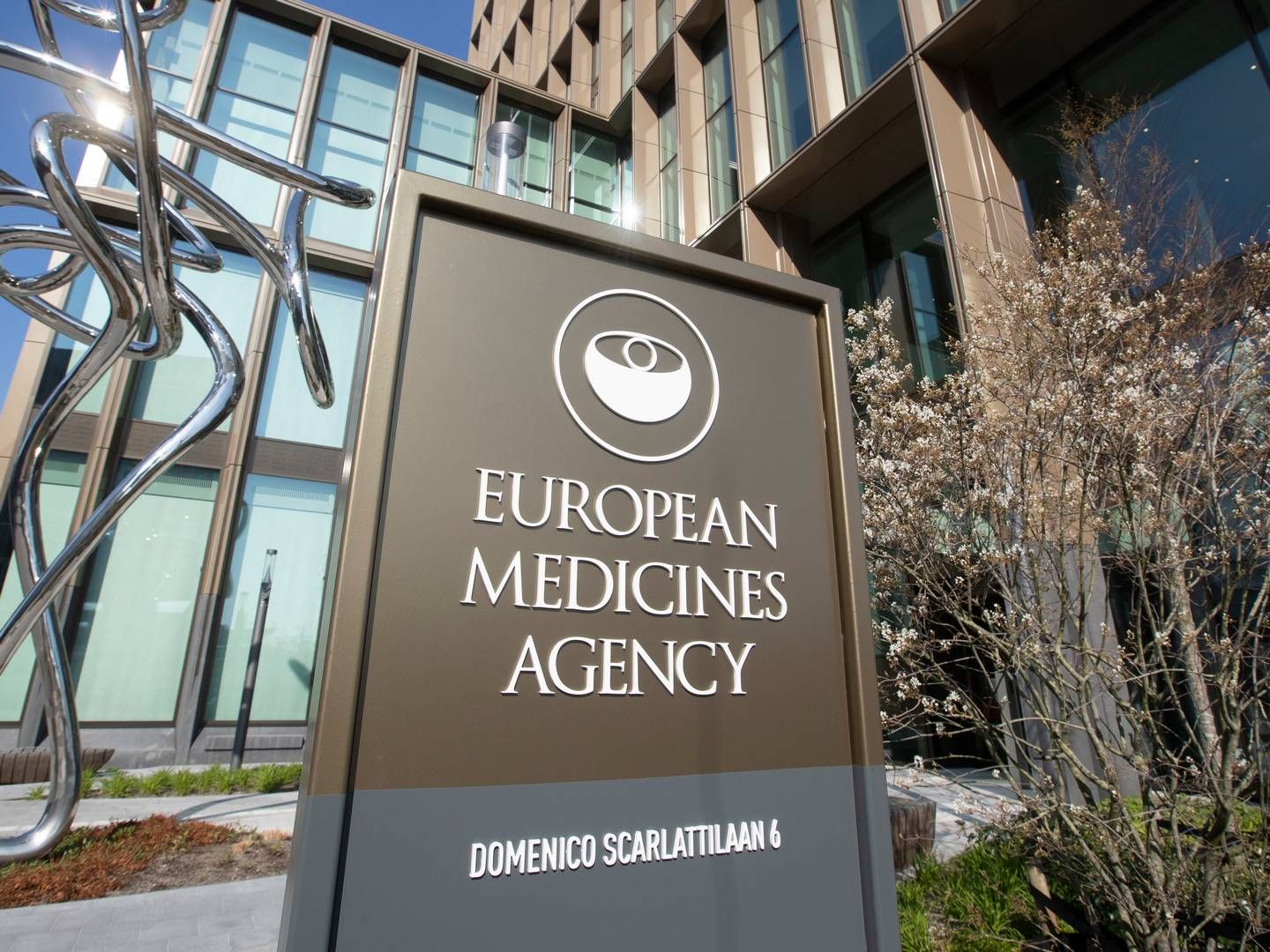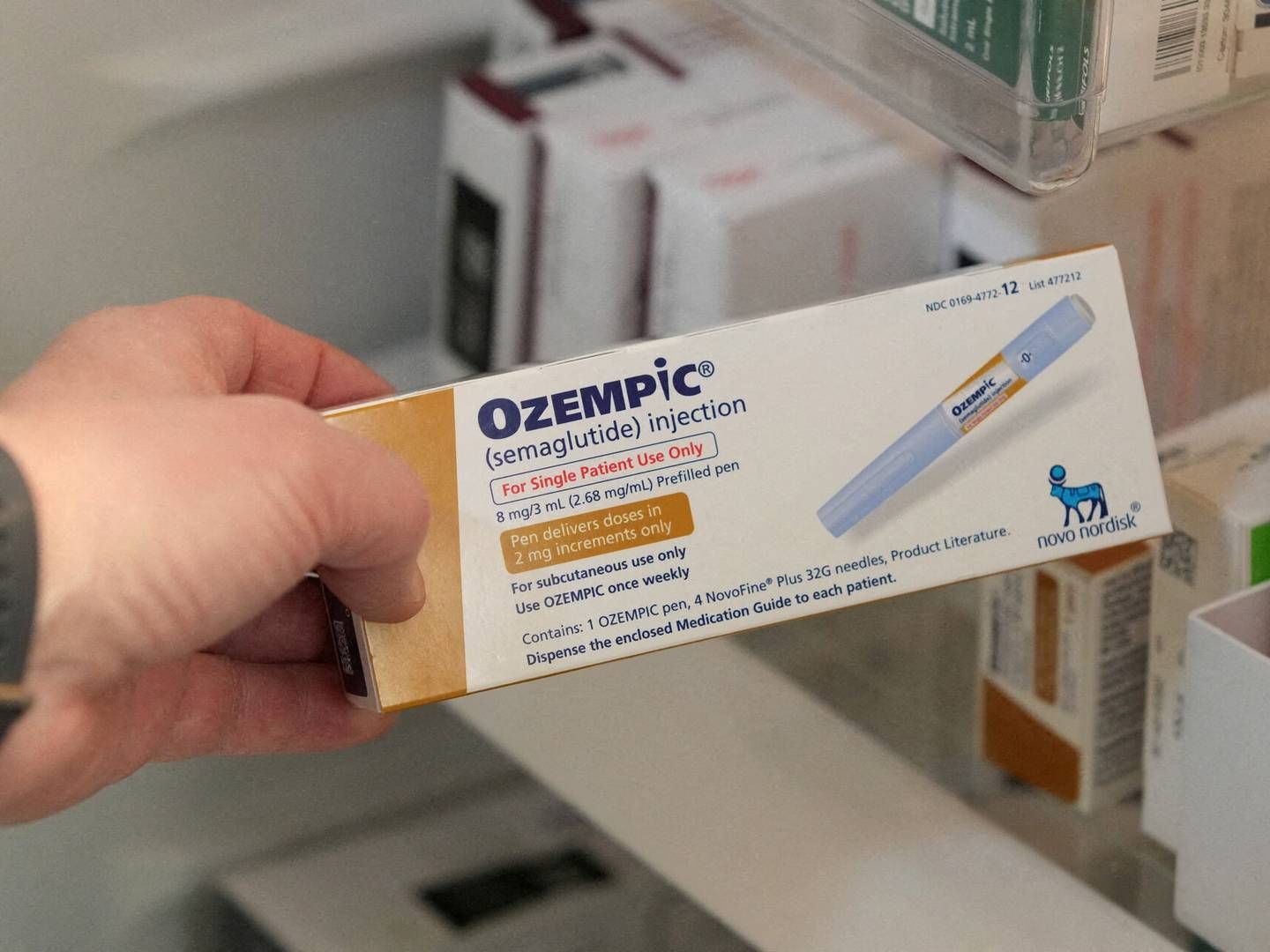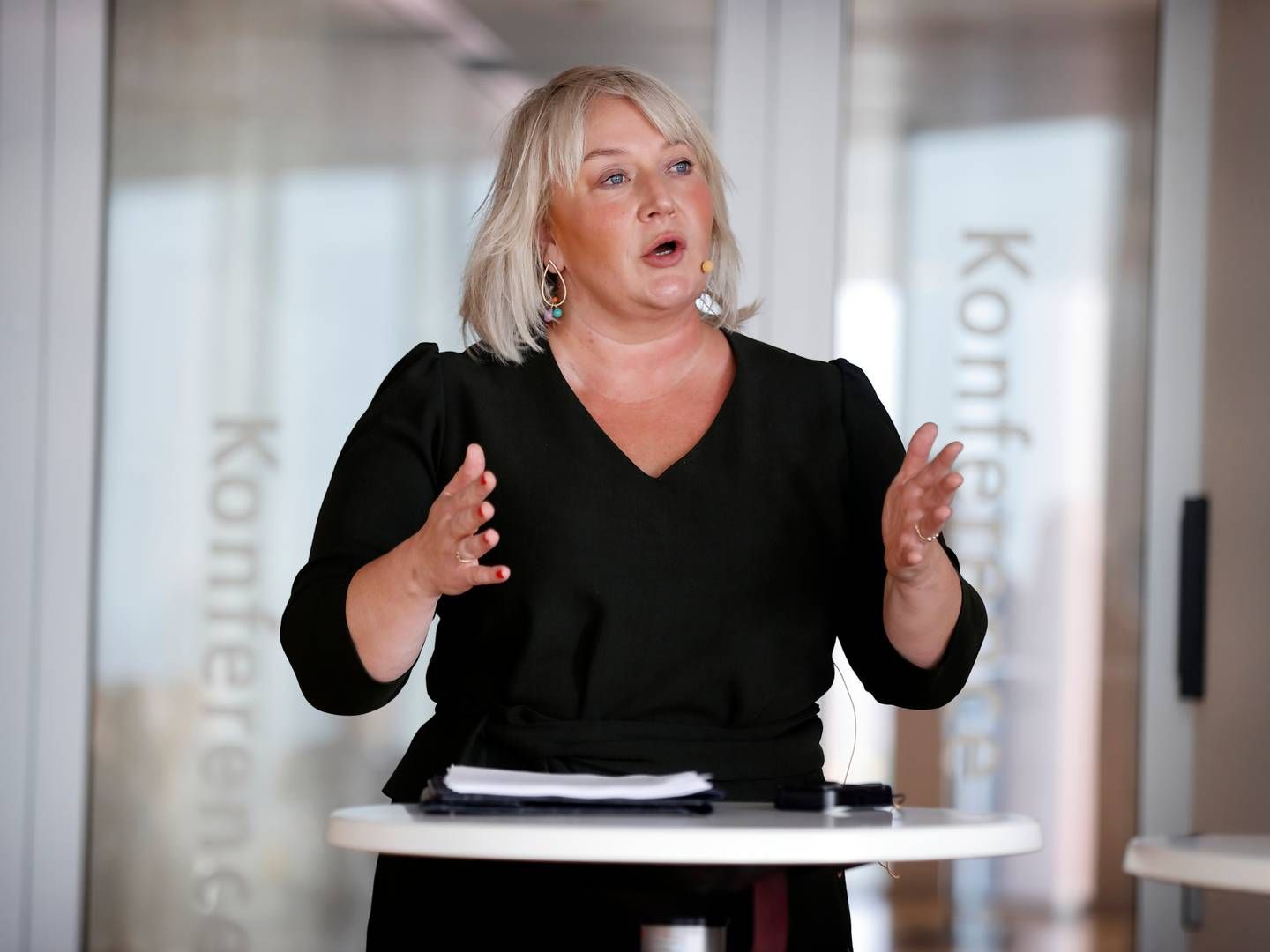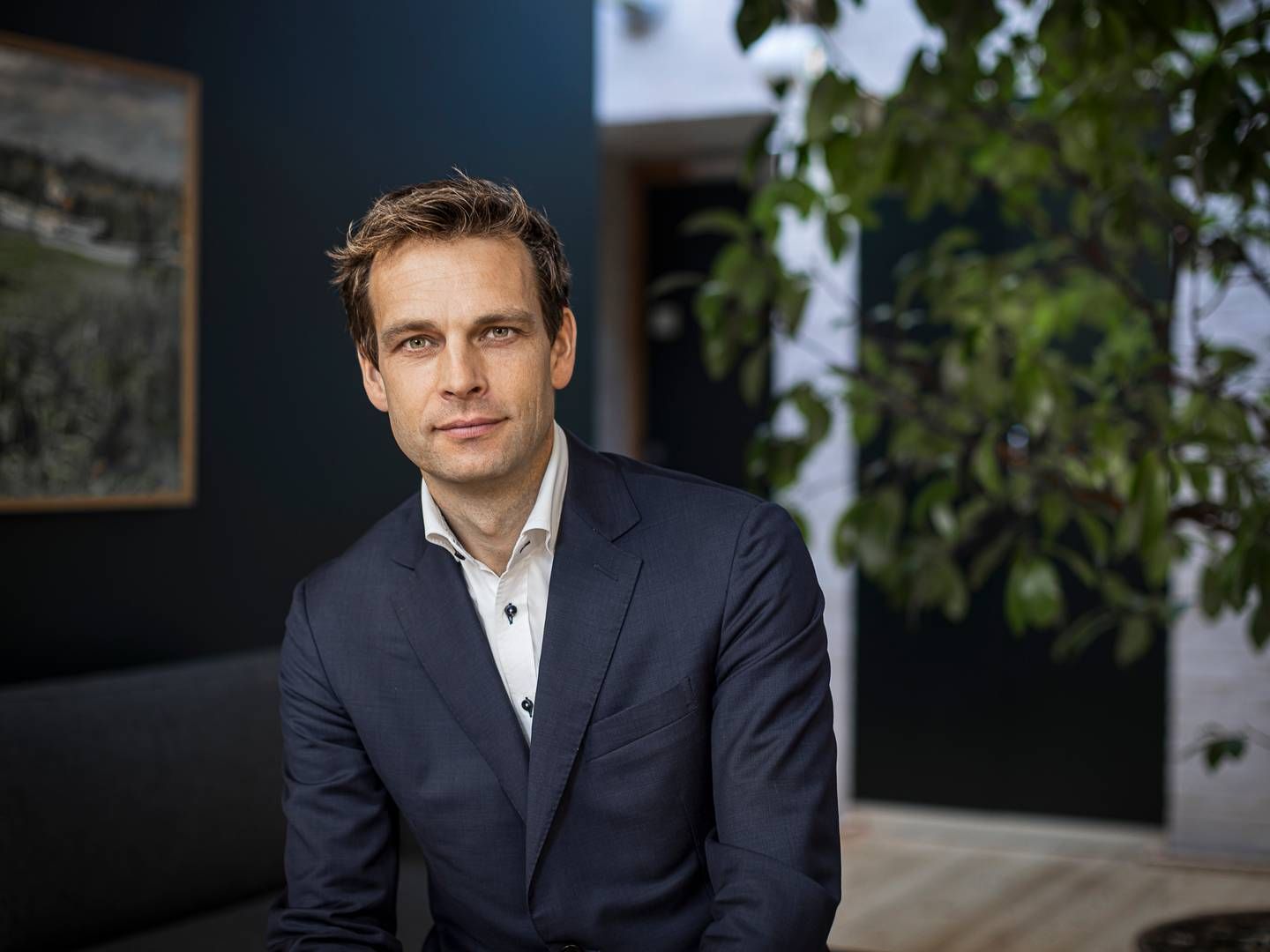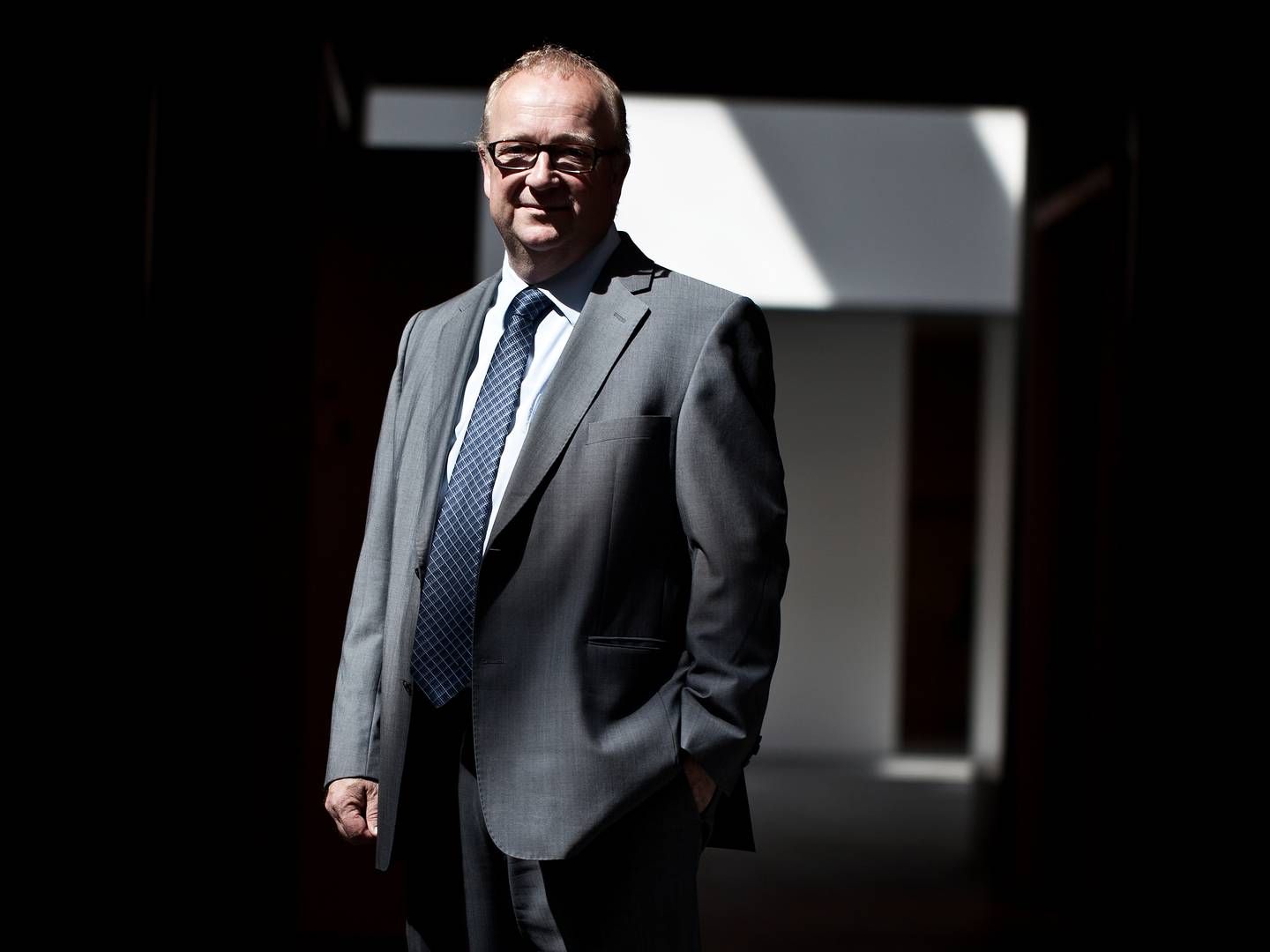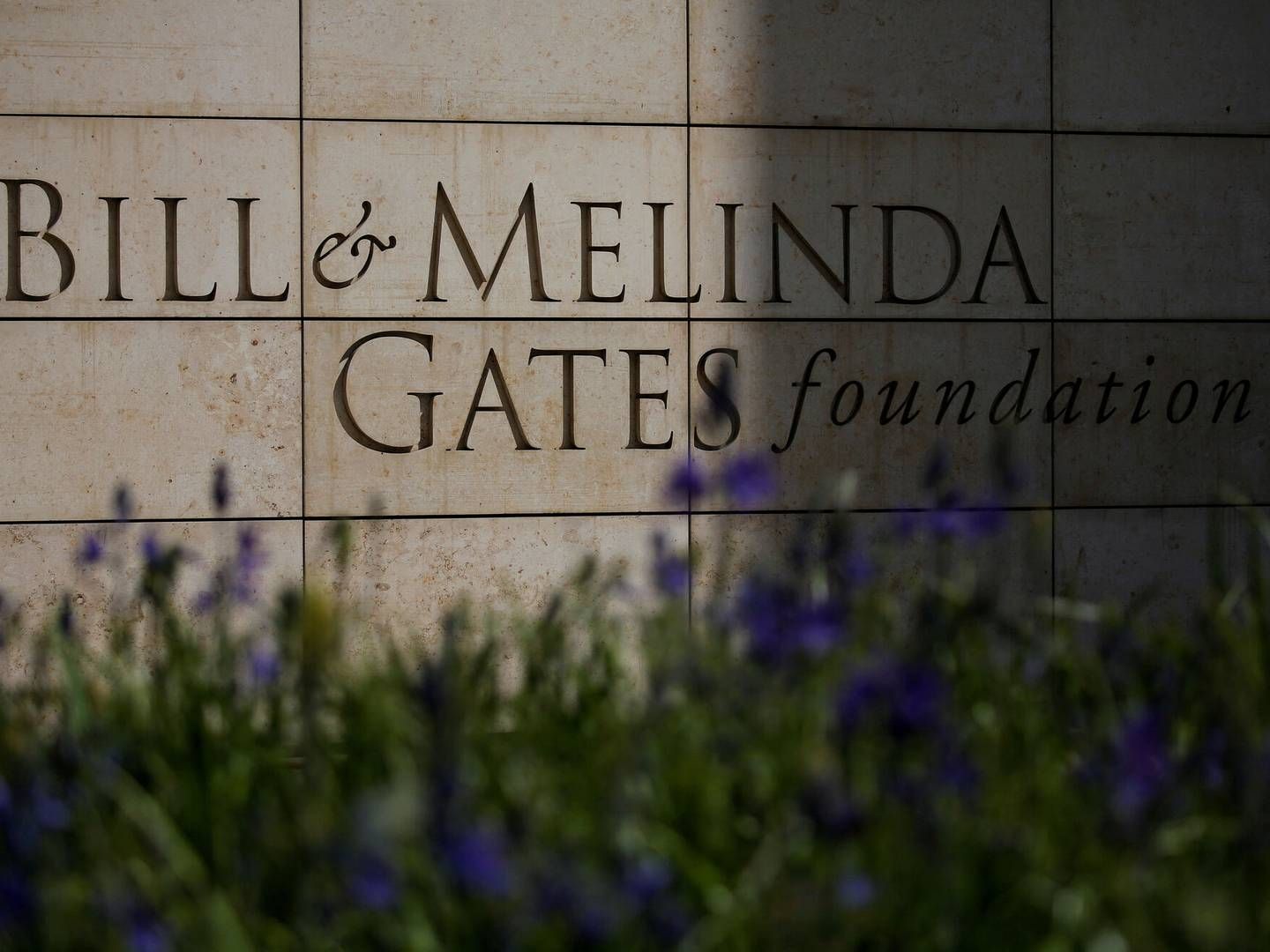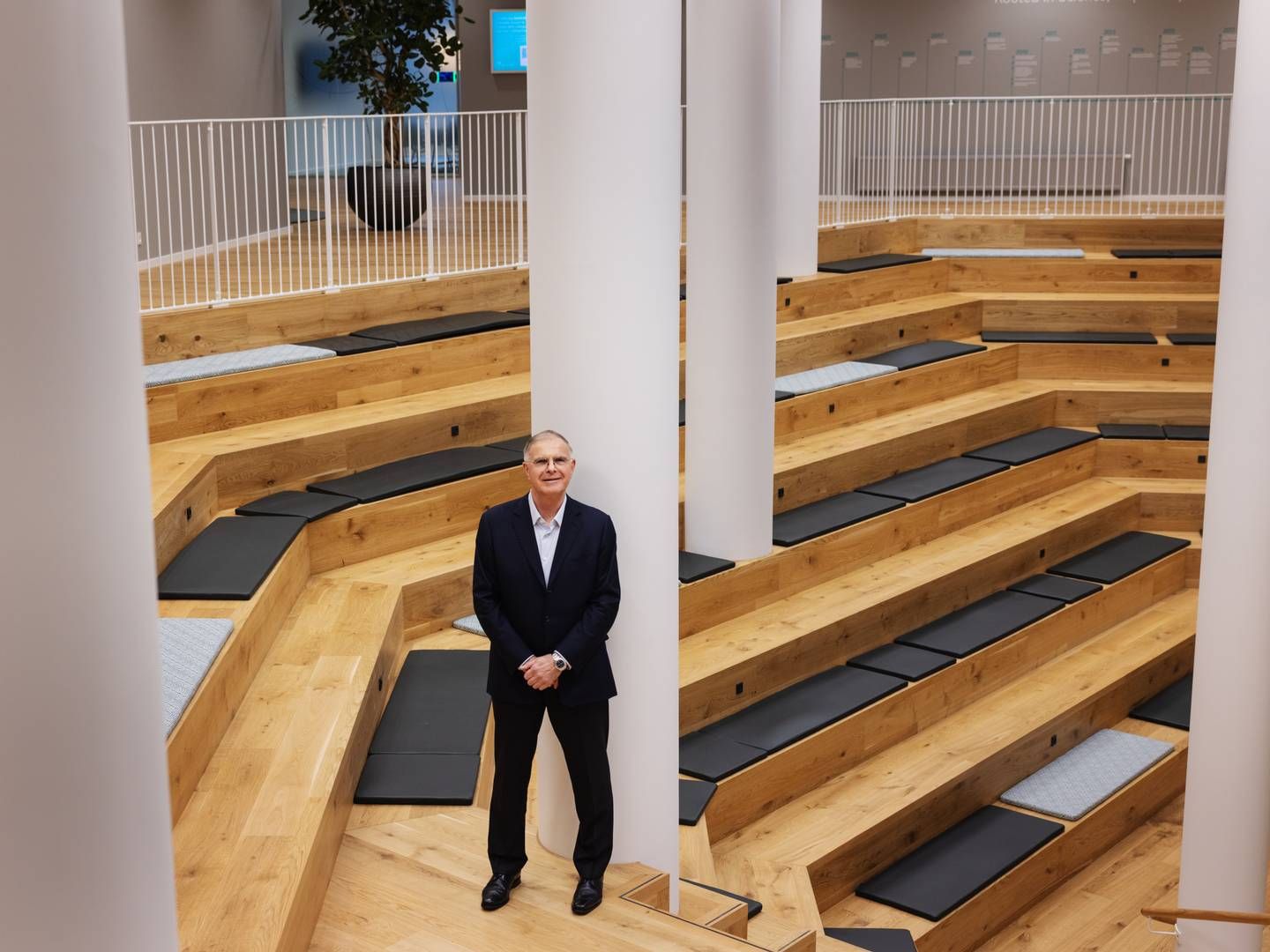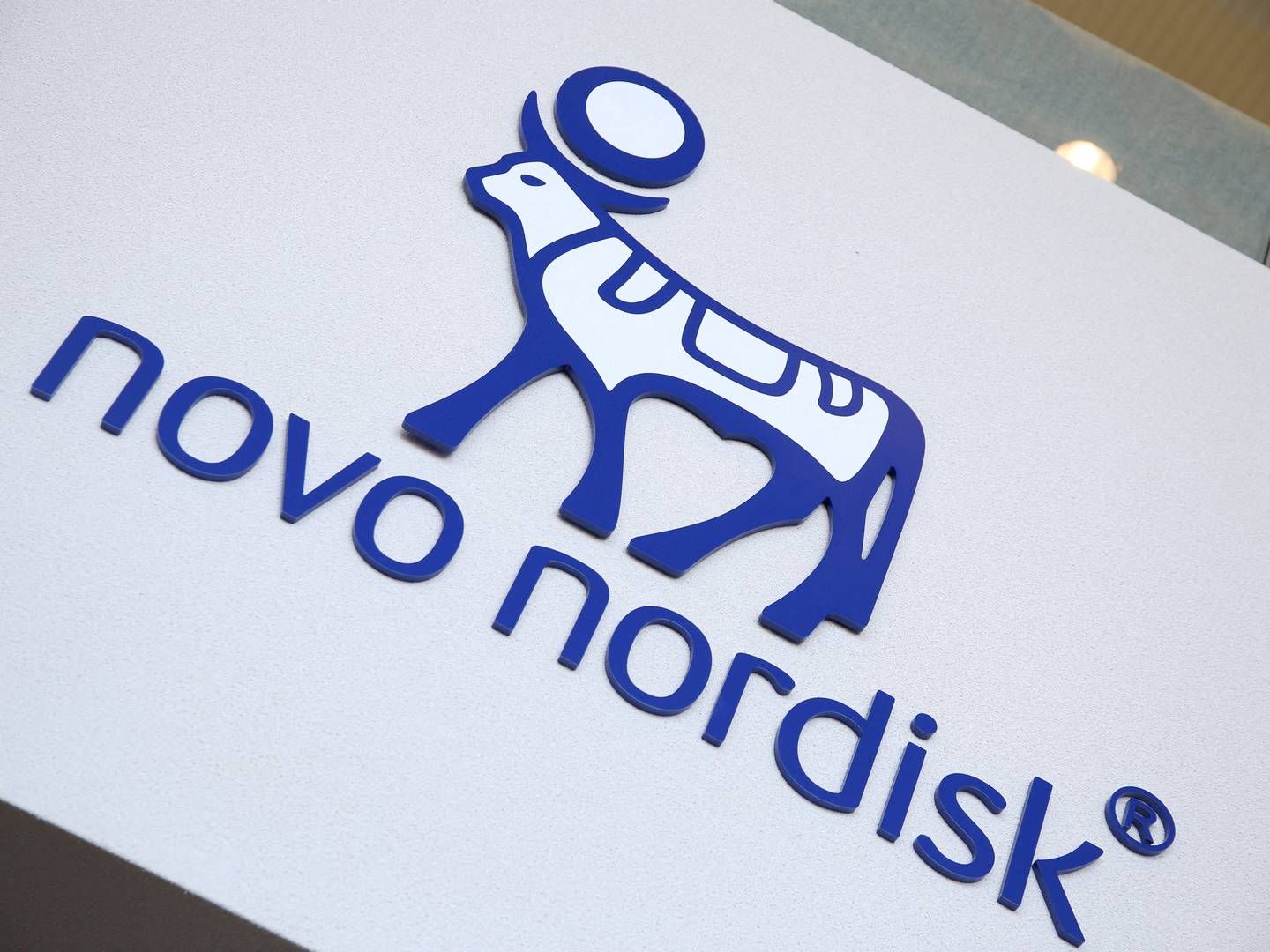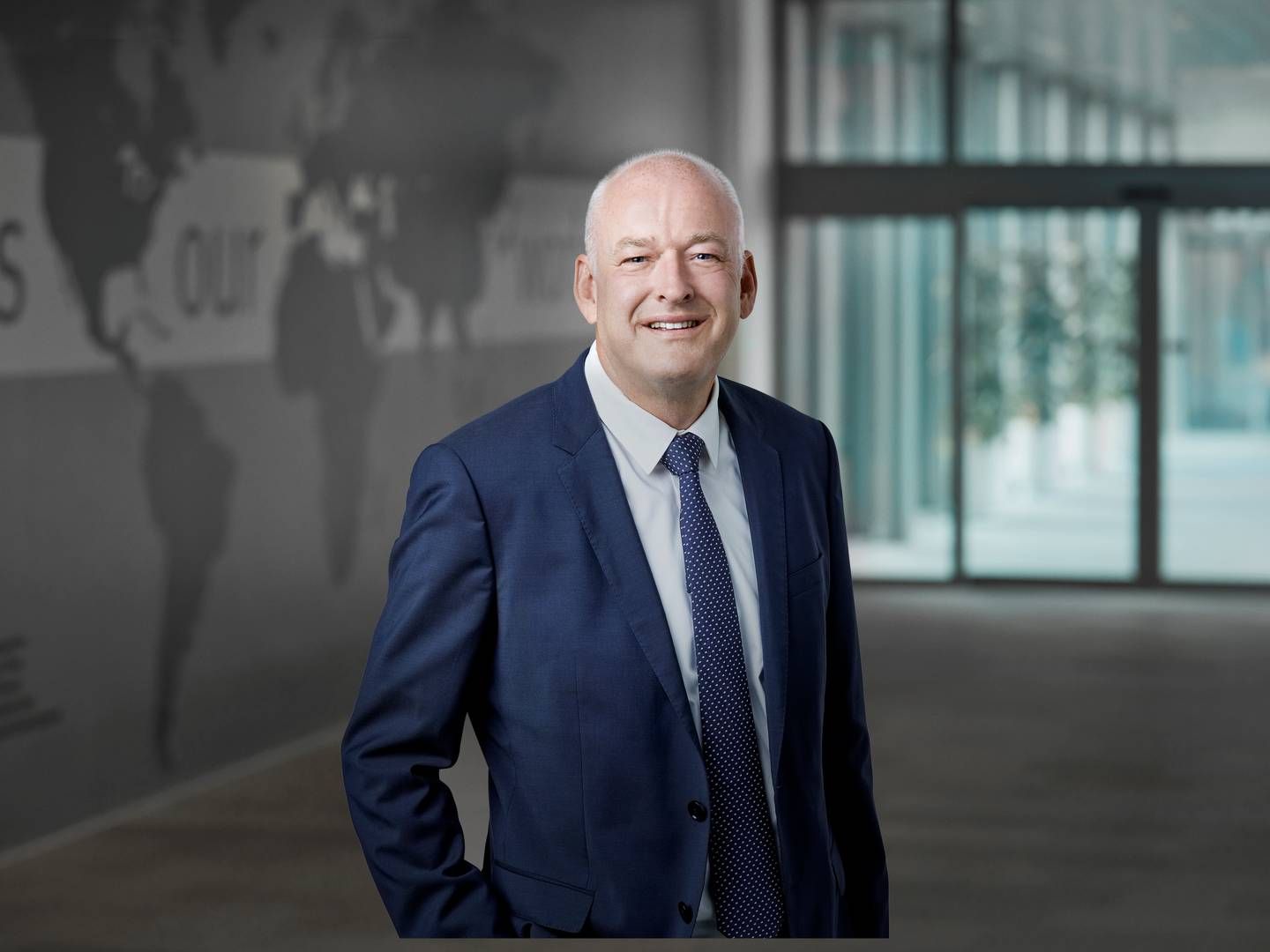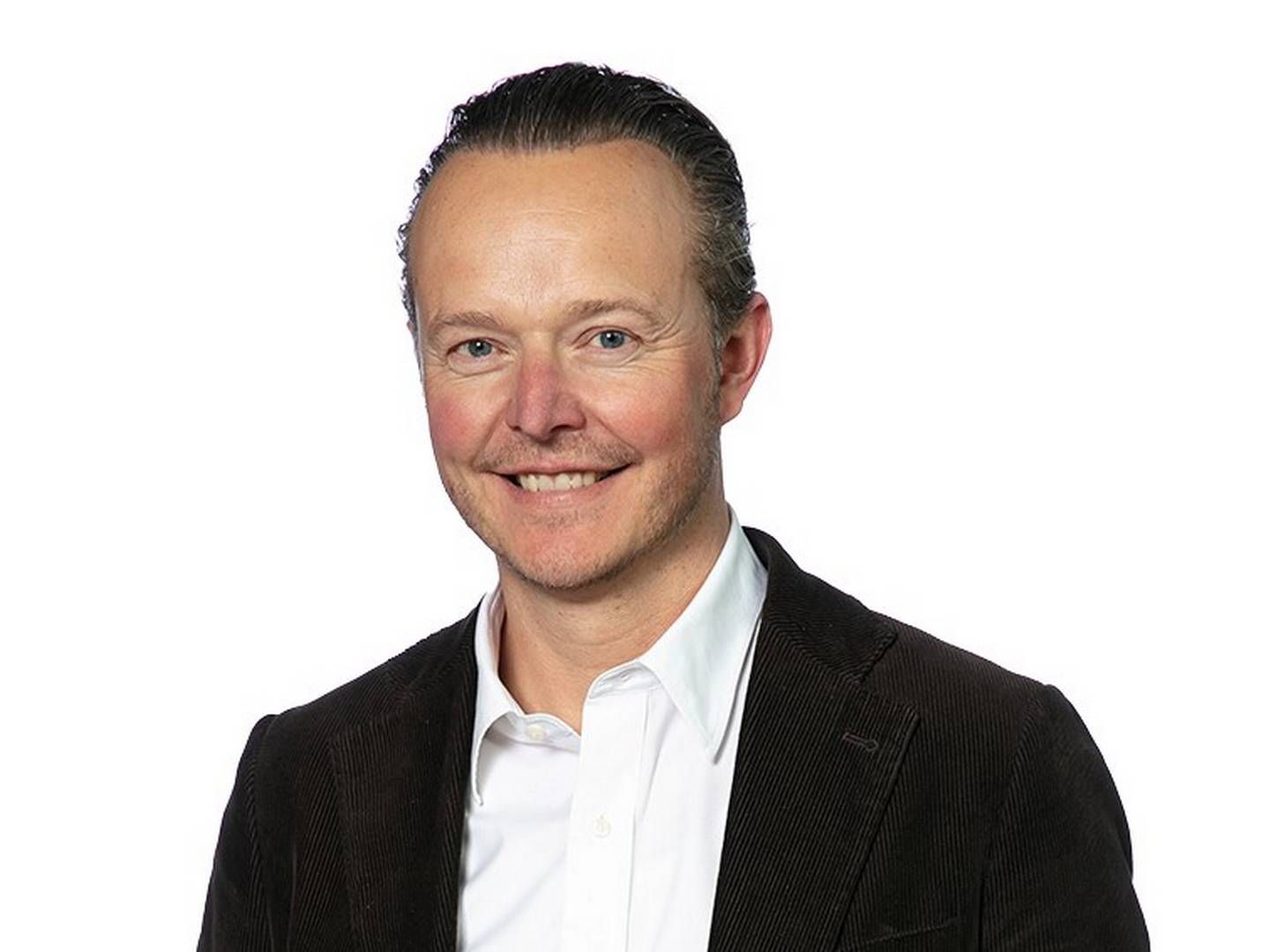Leo Pharma is still hungry following Astellas deal
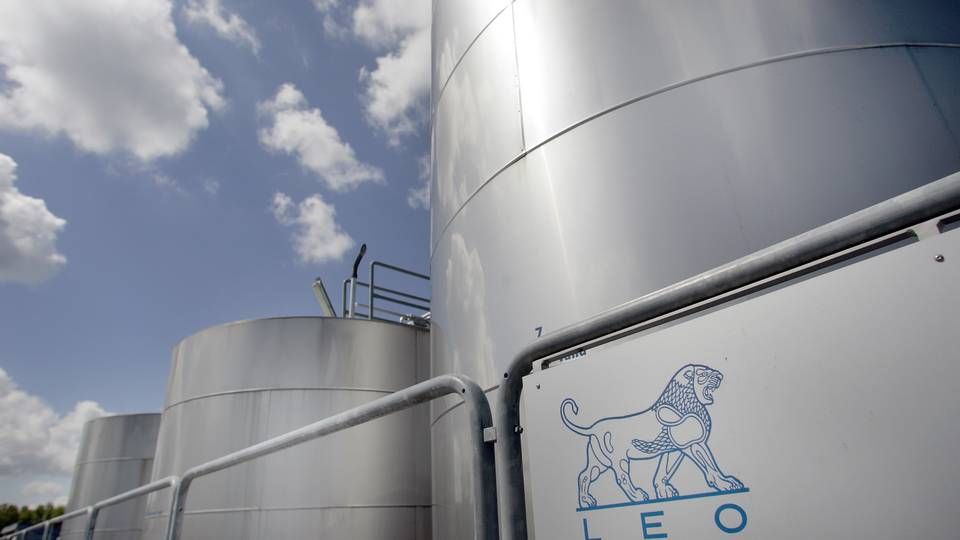
Leo Pharma makes no bones about wanting to make additional significant acquisitions following its EUR 675 million takeover of the dermatology unit from Japan’s Astellas Pharma last week. CEO Gitte Aabo has previously aired an ambition to spend DKK 15 billion (USD 2.3 billion) and so far, the group has only spent about a third of that amount.
“The Astellas deal reinforces our International and Europe regions in particular; we also want to make acquisitions that strengthen, say, our US operations. We are still hungry for more deals. We are hungry, but picky. A new acquisition could potentially dwarf the Astellas takeover,” the CEO told MedWatch on the back of the group’s annual report published this week.
So in other words, we might be sitting here next year talking about Leo’s second big acquisition?
“I really hope so. But the thing about acquisitions is that even if it’s our ambition and we work focused toward it, there’s also a seller who has to be interested. And like I said, we are picky.”
Systemic treatment
You have said that the Astellas deal strengthens your position in eczema and acne. Would a new acquisition focus on the same segments in the US?
“You might imagine that. In addition, I can say that we are traditionally strong in topical treatments and it would be nice to be able to offer systemic treatment, whether we are talking psoriasis or eczema. So that will also be high on our list of priorities,” Gitte Aabo says about the prospects of truly entering the segment for biological drugs to treat skin conditions.
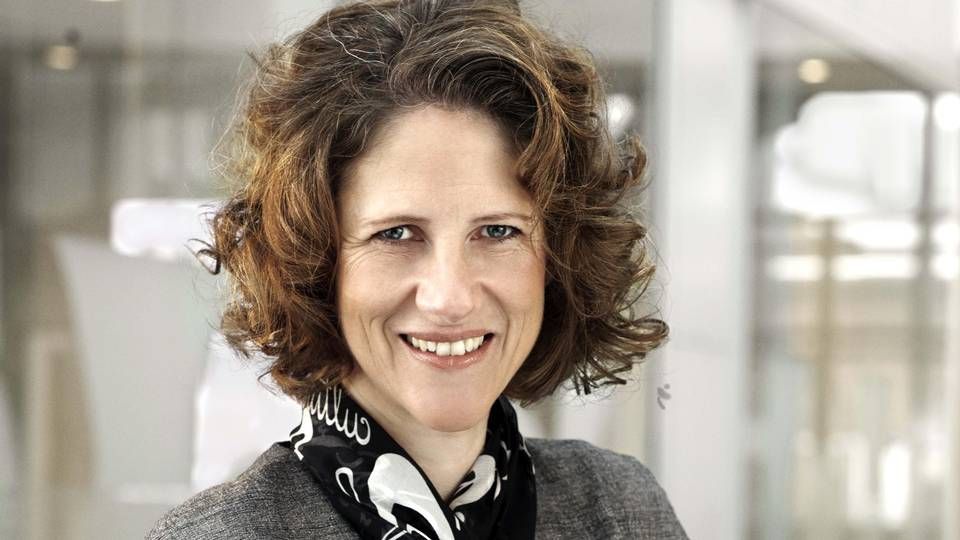
Senior vice president of global development, Kim Kjøller, points to another significant aspect relating to the addition of systemic treatments to the company’s portfolio.
“As Gitte says, we have historically been very strong in the topical segment. But if we want to be the preferred dermatology company, we have to be able to offer systemic treatments as well – and that’s a focus area for us, both through the partnerships we enter into and by buying projects that approach the market or have already been launched,” he says.
New markets
The takeover of the Astellas unit does not just give Leo Pharma a high-grossing product in the form of Protopic, an ointment to treat eczema, and a significant boost to revenue in a number of markets. It also adds an extra dimension to the company’s R&D work.
“The Astellas deal has massive importance, especially on some of our new markets. In China, for example, it doubles our revenue overnight. Moreover, it has a huge impact on our presence in Russia and in a number of other growth markets,” Gitte Aabo says, adding:
“It also has a massive impact on our R&D organization. We are great with topical formulations, but now we’ll all of a sudden have a brand new range of products to work with. Traditionally we have been very strong in psoriasis; now we will gain leverage in eczema and acne. It will affect our company in a positive direction in more than one way.”
Chosen and paid for
But the recent deal with Astellas is ot the only thing to offer new opportunities in Kim Kjøller’s R&D organization.
US-based group Eli Lilly recently won approval of its biologic psoriasis treatment Taltz, and Leo Pharma has also begun its efforts to develop systemic treatment. In that regard, Kim Kjøller points to a good development in the company’s collaboration with Dutch group Argen-X, struck in May last year.

“We have now both chosen and paid for a candidate, so we can begin setting up production. We aim to have it established this year, so we can begin working with the new molecule,” he says and adds:
“Development of the candidate in the Argen-X partnership still has a relatively long time horizon. We are probably talking 2023 or 2024 before we can enter the market, if things work out as we hope. We obviously need more things in our pipeline to be sure that we can deliver something by 2025. That’s the goal set up by the management, so we are dedicated in trying to achieve that.”
Superior treatment
Aside from the long-term focus on development of the group’s first biologic, Kim Kjøller and his organization are also advancing a number of other assets with more near-term prospects, including candidate ingenol disoxate, which the development chief sees as his diamond in the rough.
“The candidate we find most exciting right now and which is closest to the market is one we expect to launch in the US in the second half of 2018, assuming things work out as planned. The candidate, ingenol disoxate, is a new treatment of actinic keratosis – and possibly also other indications – which is superior to what we offer at the moment with Picato. We definitely see it as a strong internal opportunity,” he says and adds:
“We will also get data from a number of earlier programs this year. More specifically, we will see proof-of-concept during 2016 that means we will have to reduce our in-house complexity, because if we have to start late-stage studies with a number of programs next year, it requires increased investment. And we have already invested more than DKK 100 million in late-stage studies with the new product I mentioned before this year alone.”
Leo Pharma closes massive dermatology deal
Leo Pharma in EUR 675 million acquisition
Leo Pharma CEO: Acquisition strengthens our geographical reach
- translated by Martin Havtorn Petersen
Would you like to receive the latest news from MedWatch directly in your e-mail inbox? Sign up for our free English newsletter below.
Relaterede artikler
Leo Pharma closes massive dermatology deal
For abonnenter
Leo Pharma in EUR 675 million acquisition
For abonnenter

